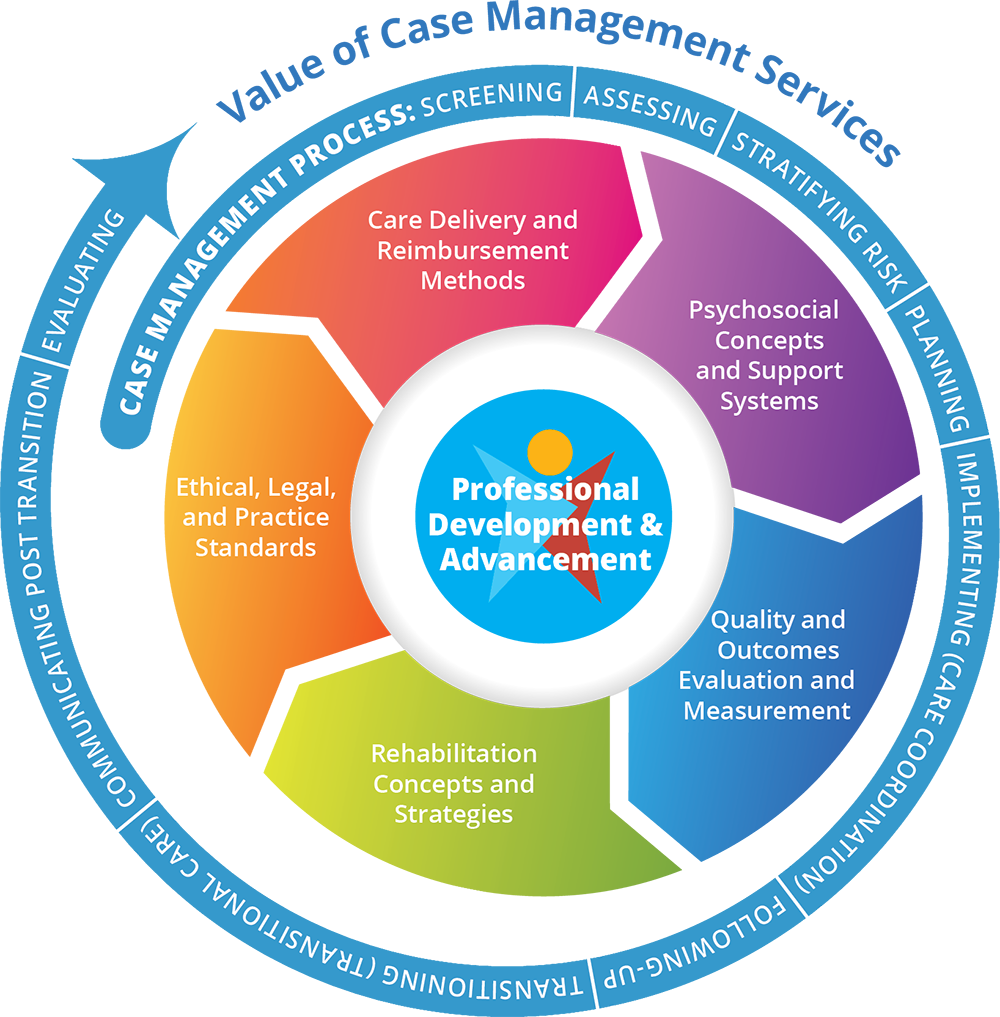Living with COPD may not be easy, but it’s not impossible either. You might not be able to do everything you want, but with a little planning, you can still do many of the things you used to do. Maybe you can’t walk as far as you used to without taking a break. Maybe you start to wheeze or cough while trying to talk. Maybe you sometimes feel just too tired to eat.
The fact is that not being able to breathe easily in and out means that you may not be able to do many of the things you used to take for granted every day: walking, doing chores, working, and sleeping.
With a little planning, you can make your chores easier to do and enjoy some of the things you like to do again.
Everyday Solutions
The most important thing is to quit smoking! It’s also a good idea for you to avoid secondhand smoke and places with dust, fumes, or chemicals that can hurt your lungs when you breathe.
If you have trouble eating because of your shortness of breath, you might not be getting the calories, vitamins, and minerals you need—which can not only make your symptoms worse but also make you more at risk for getting sick. Talk to your healthcare professional about creating a healthy eating plan. This might mean having smaller portions more often. It also might mean resting before you eat or taking vitamins or supplements.
The flu and pneumonia can be more serious if you have COPD. Talk to your healthcare professional about getting a flu shot and a pneumonia vaccine to help reduce your risk of getting the flu or pneumonia.
Pulmonary Rehabilitation
Pulmonary rehabilitation is a program of exercise, education, and support that can help you breathe as best you
can. A team that may include doctors, nurses, physical therapists, respiratory therapists, exercise specialists, and dietitians creates a program suited to your individual needs. Rehabilitation may include an exercise program, tips on living with COPD, and nutritional and psychological counseling to help you stay active and carry out your daily activities.
Through pulmonary rehabilitation, you may also get support from others like you. When you go to the pulmonary rehabilitation clinic, you will meet other people who have COPD and have the same experiences, questions, and feelings as you do. Ask your healthcare professional if pulmonary rehabilitation is right for you.
Common Sense Tips
When outside:
- Take breaks when you are walking
- Wear loose clothes that don’t feel tight and are easy to get on and off
- Wear a scarf over your nose and mouth when you go outside in winter to keep the air warm as you breathe in and out
When inside:
- Do activities slowly
- Try to avoid stairs when you can
- Keep windows closed if the weather is windy, to avoid dust or other irritants from blowing in
- Use air filter machines in your rooms
And most importantly, call your healthcare provider if your COPD symptoms get worse!
When You Can No Longer Take Care of Yourself
Sadly, COPD symptoms may, in time, get worse. It may get harder and harder for you to breathe or get around. Simple everyday tasks may become too much to do. Your caregiver may have to help out more and more. They might need to set up your bedroom on the first floor of your house. They might need to do the shopping and the
laundry, the cooking and the cleaning. As your COPD symptoms get worse, you may also need help in getting dressed or eating. Your caregiver might need to get outside help from friends, home aides, or visiting nurses.
What is an Advance Directive?
An advance directive is a plan you have written out to make sure that your wishes about treatment are put in place in case you someday become unable to speak for yourself or make your own decisions. It doesn’t feel good to think you might need an advance directive, but an advanced directive will give your family members relief that they “did the right thing.” It also lets your healthcare team know whether you want life-saving measures done if there is little chance that you will get better.
As your disease progresses or worsens, palliative care or hospice might be necessary. Both palliative care and hospice are dedicated to providing you relief from pain, helping your family cope with your illness and their own sadness, and making you comfortable. Palliative care begins while you are still receiving treatment for your illness. Hospice starts when you have only 6 months or less to live and are no longer receiving treatment for your illness.
If or when the time comes to make a decision about palliative care or hospice, your healthcare professional will work with you and your loved ones to find the best solution.
It is not easy to think about the possibility of your COPD symptoms getting to the point where you can’t take
care of yourself. But being prepared can make your life—and your loved ones’ lives—better now and in
the future.

